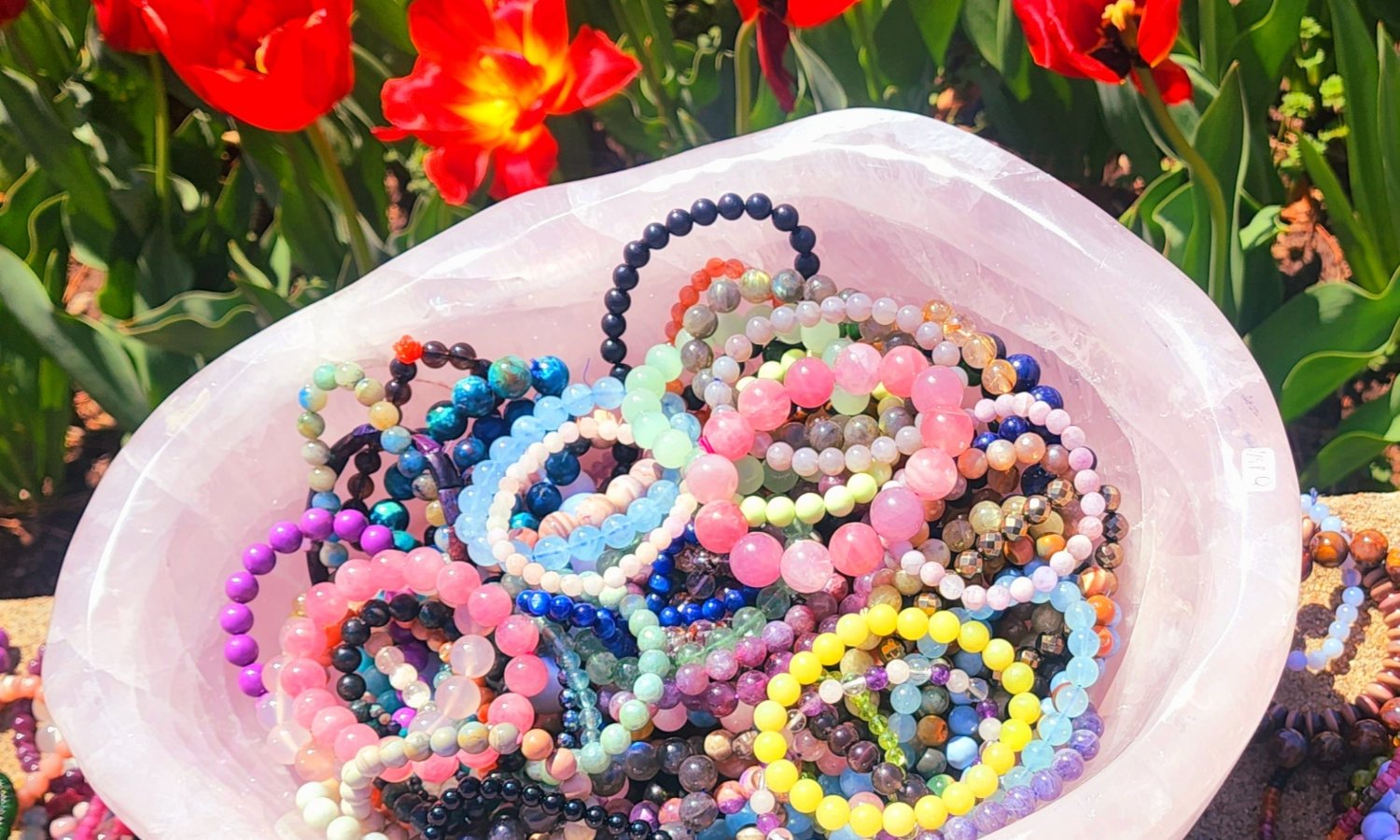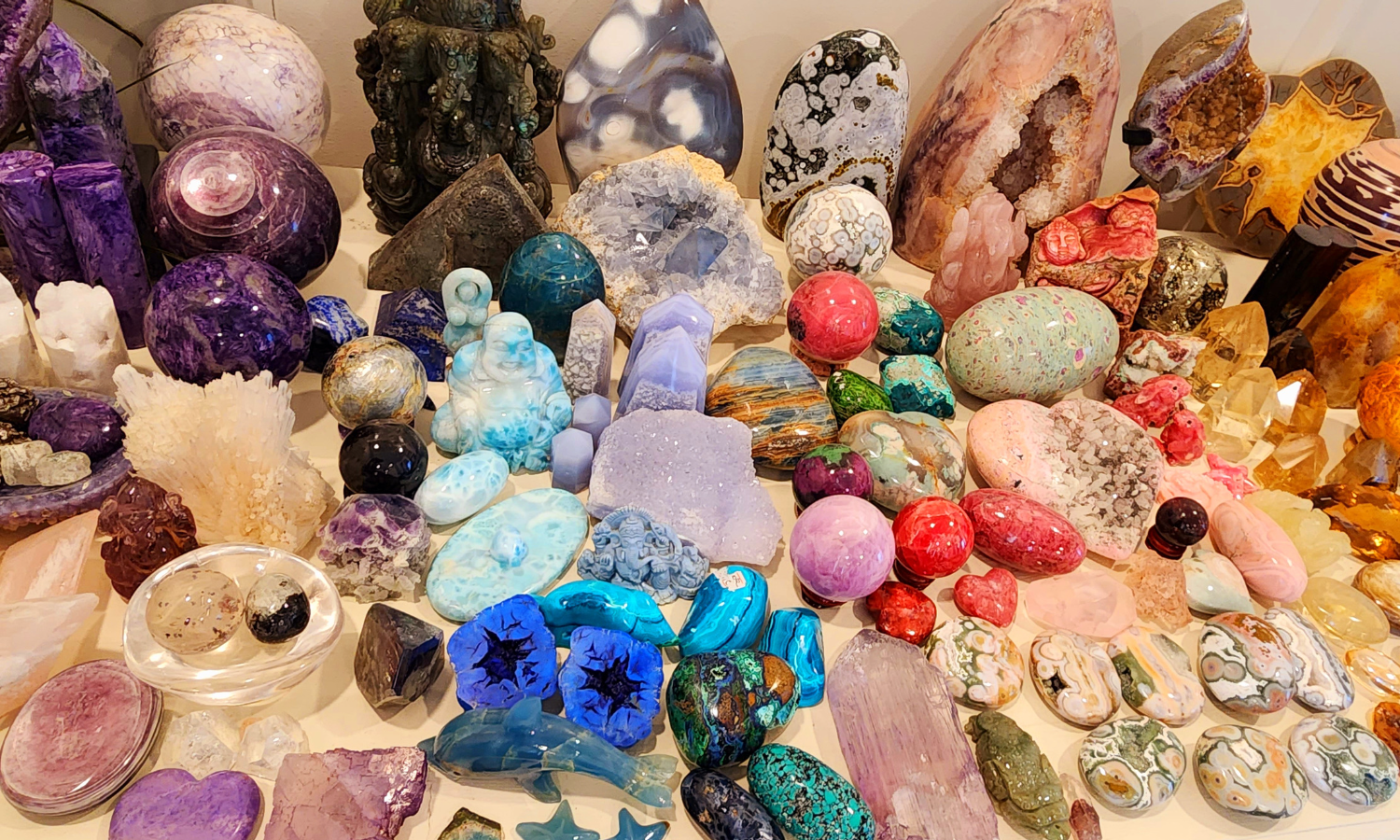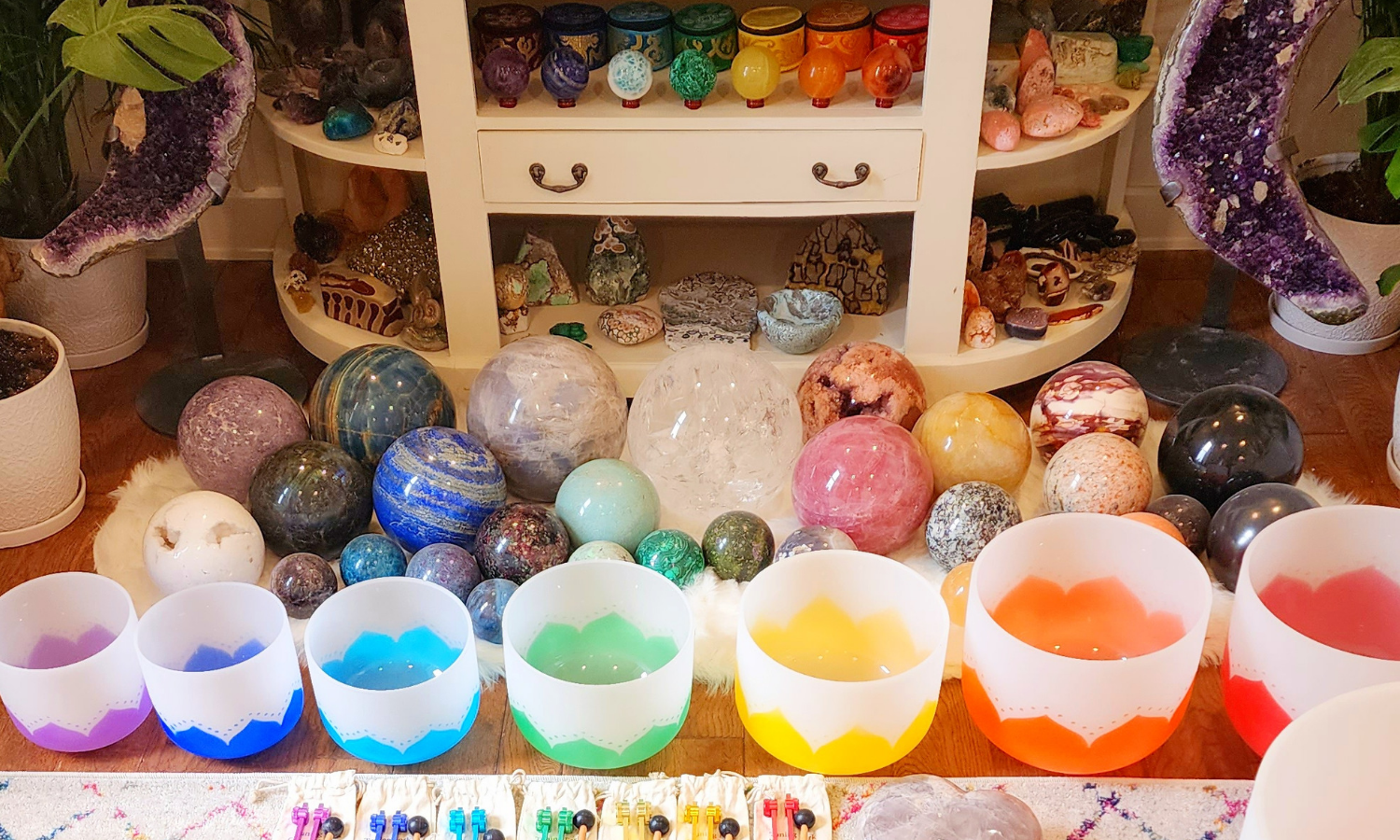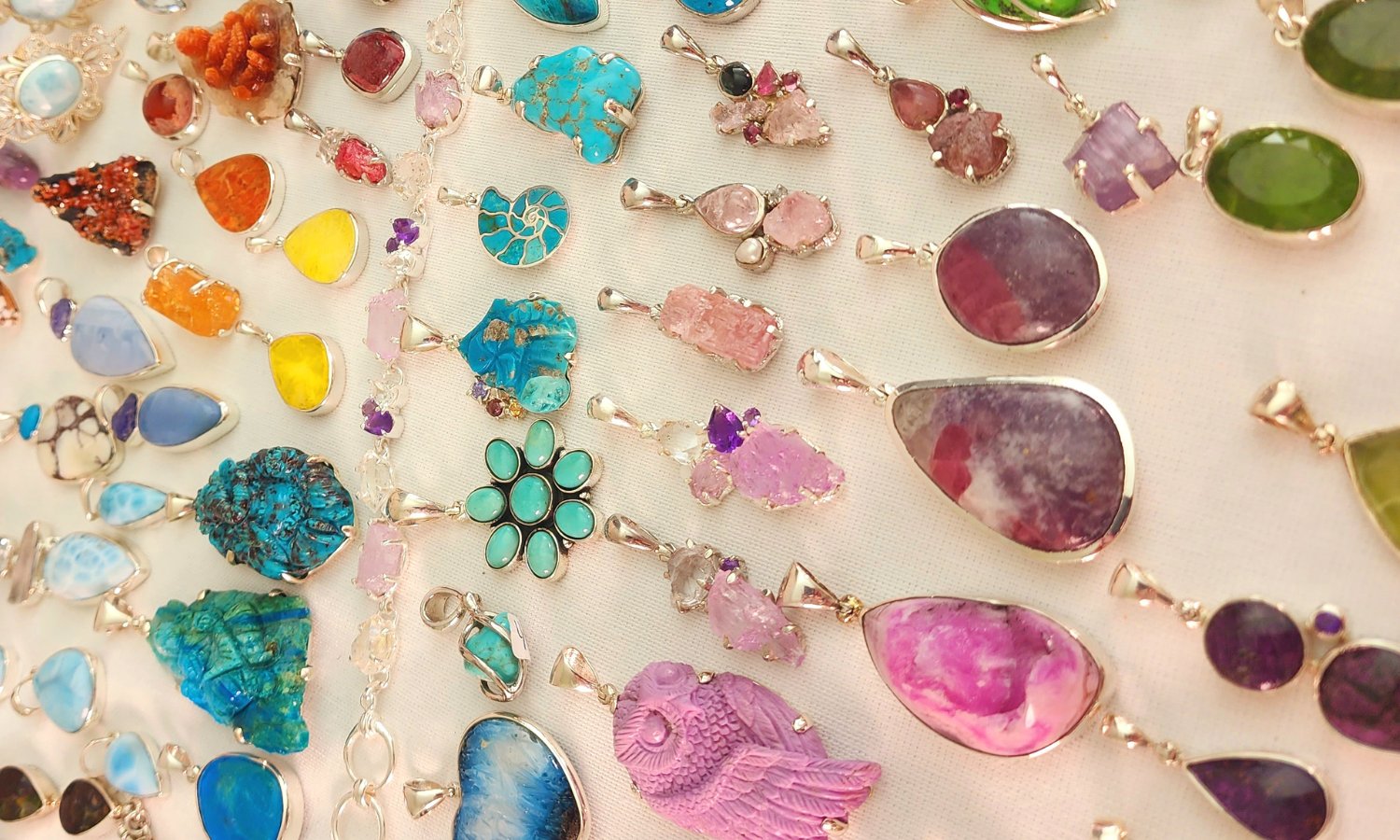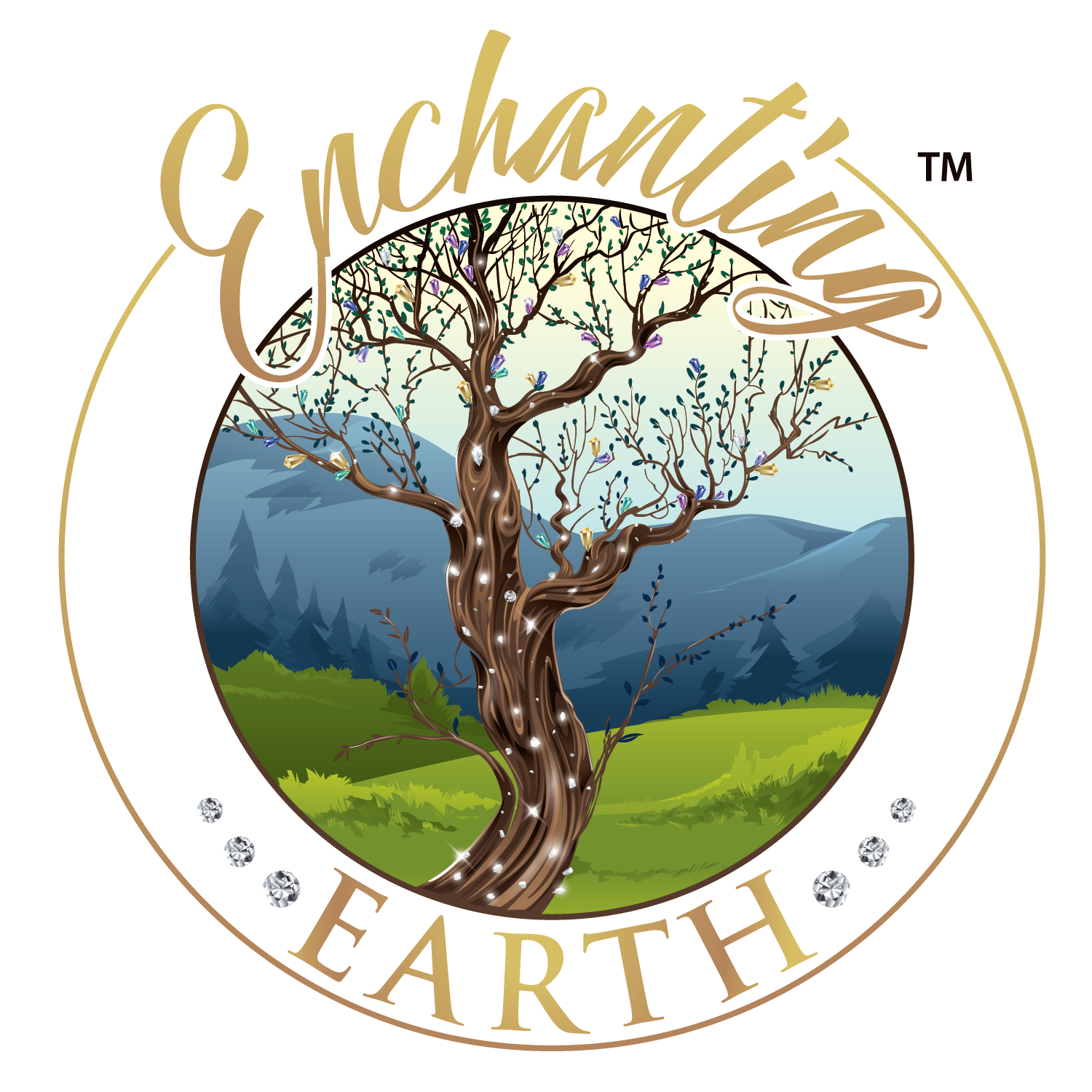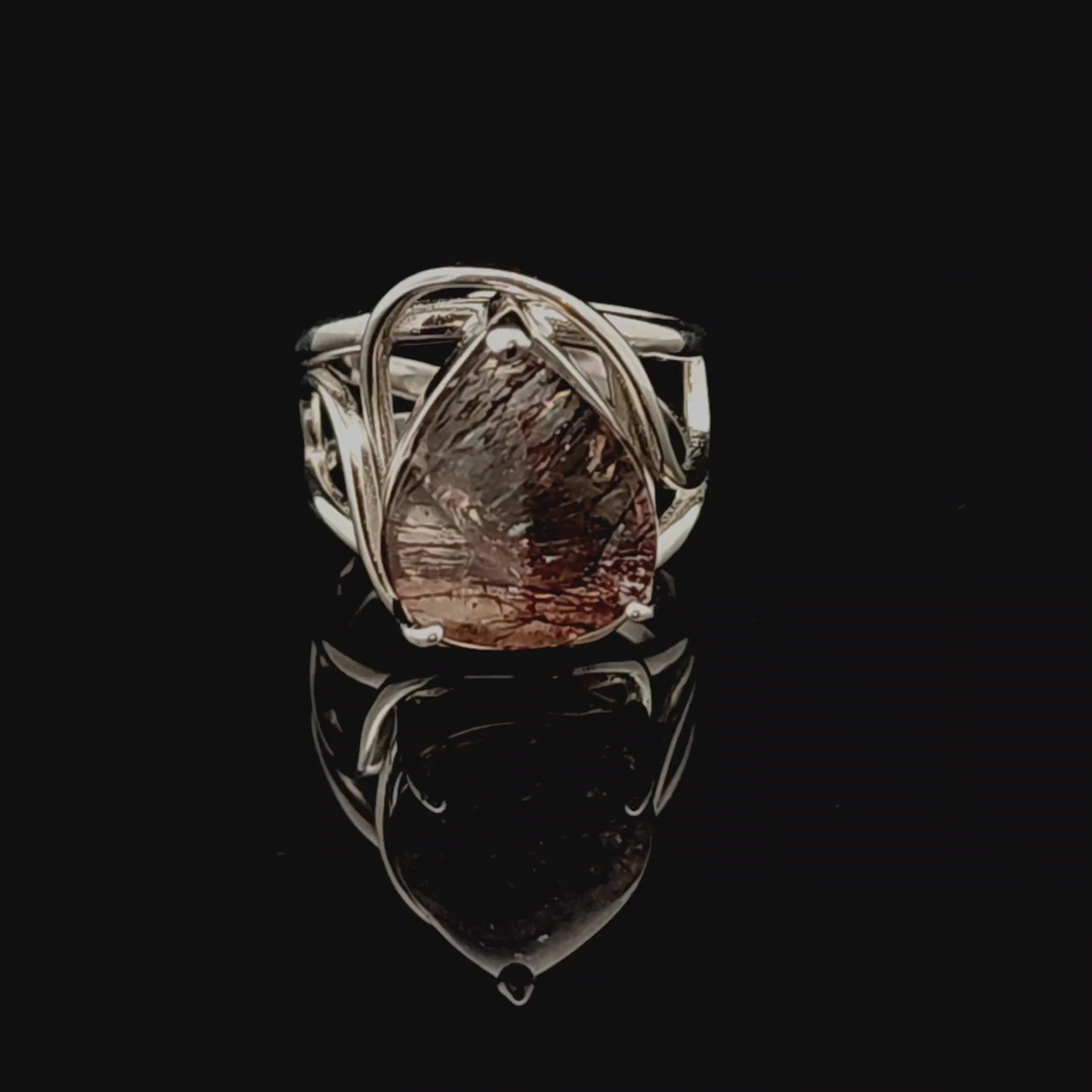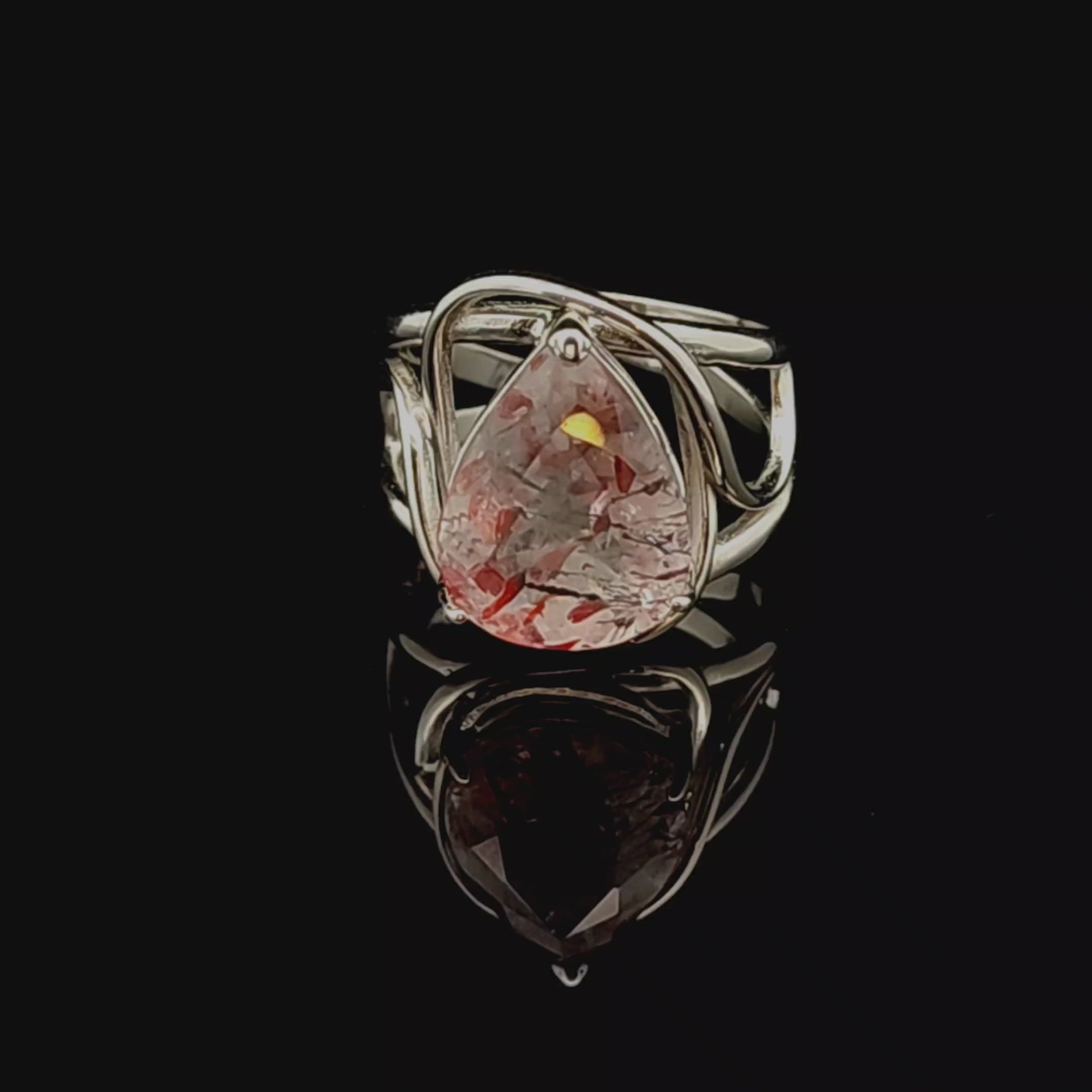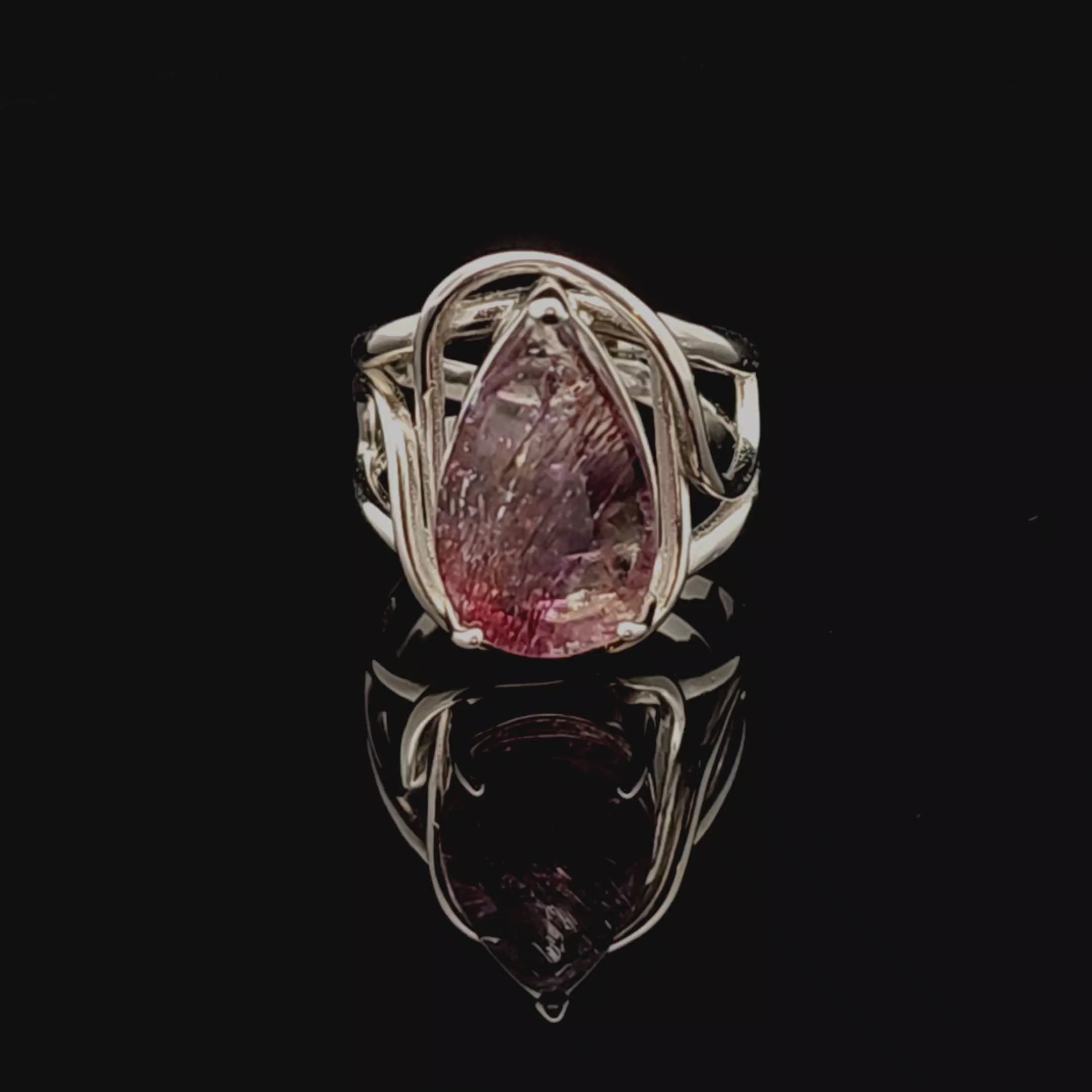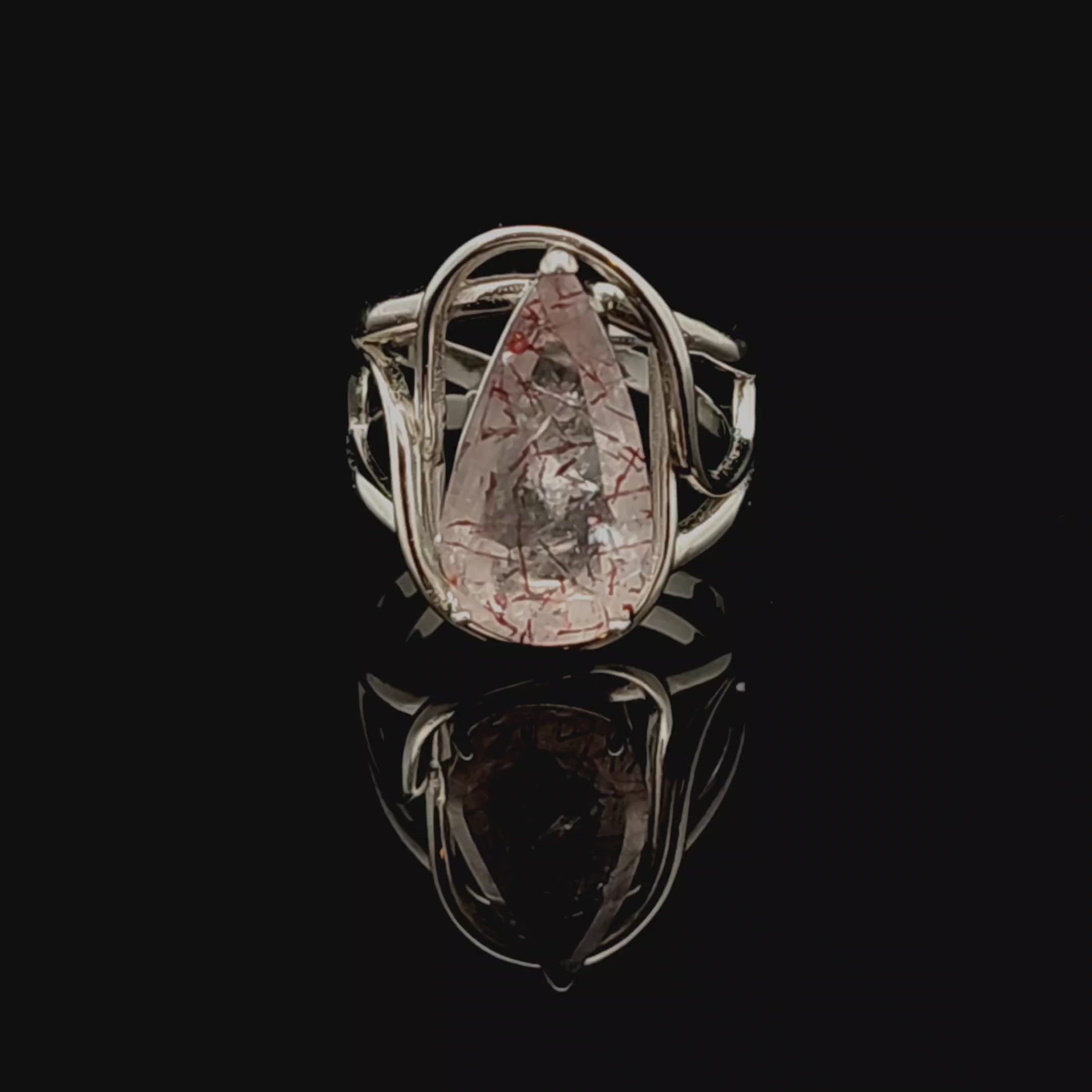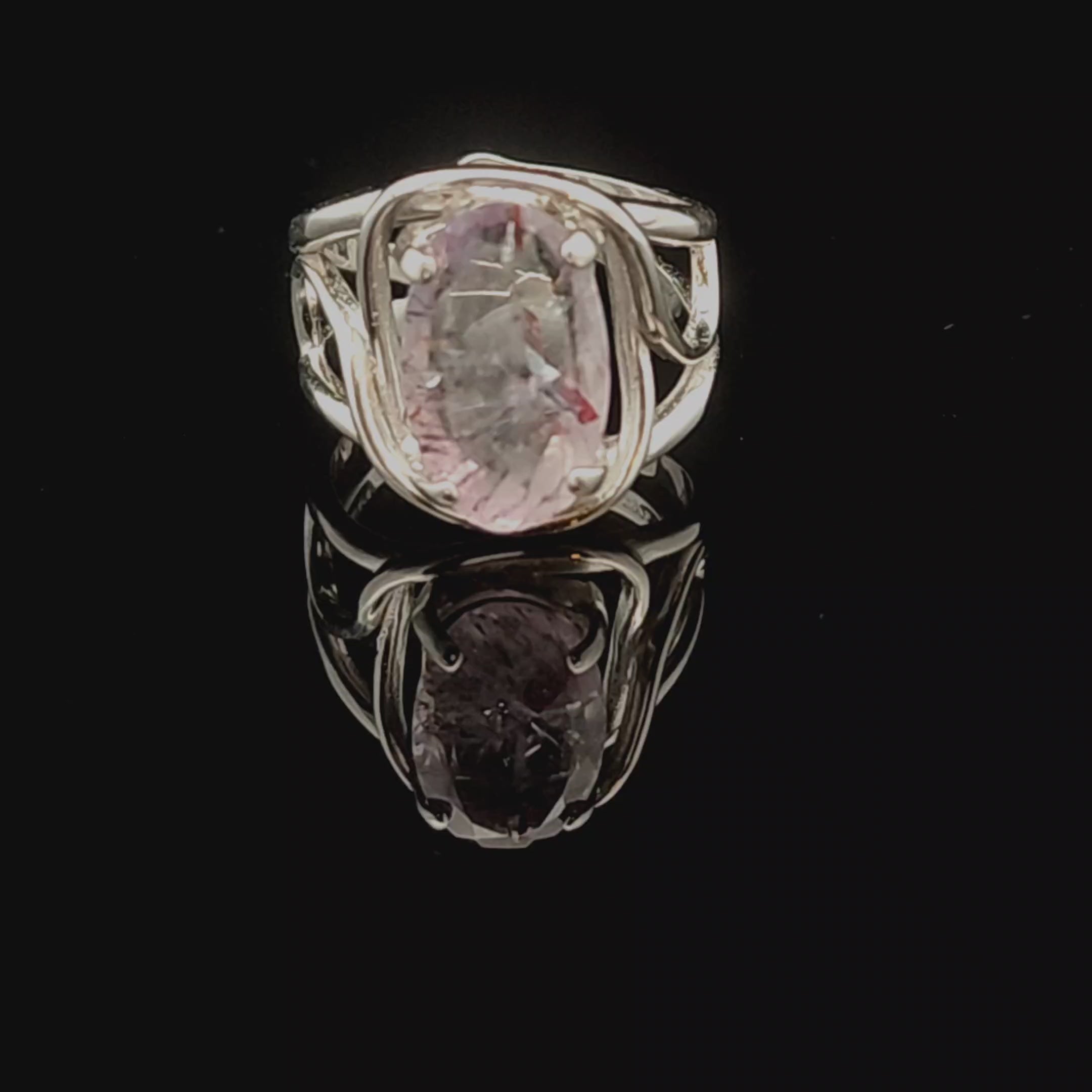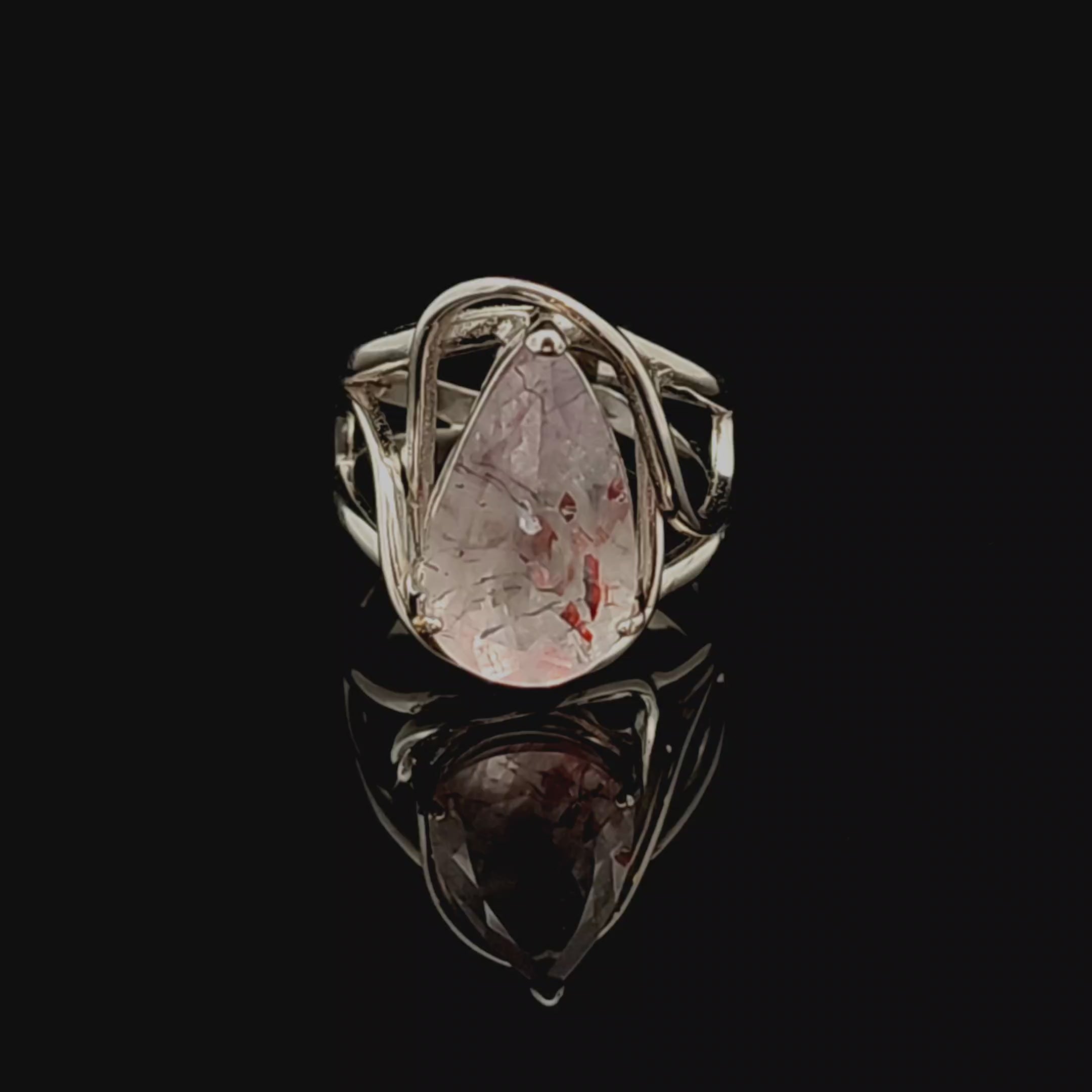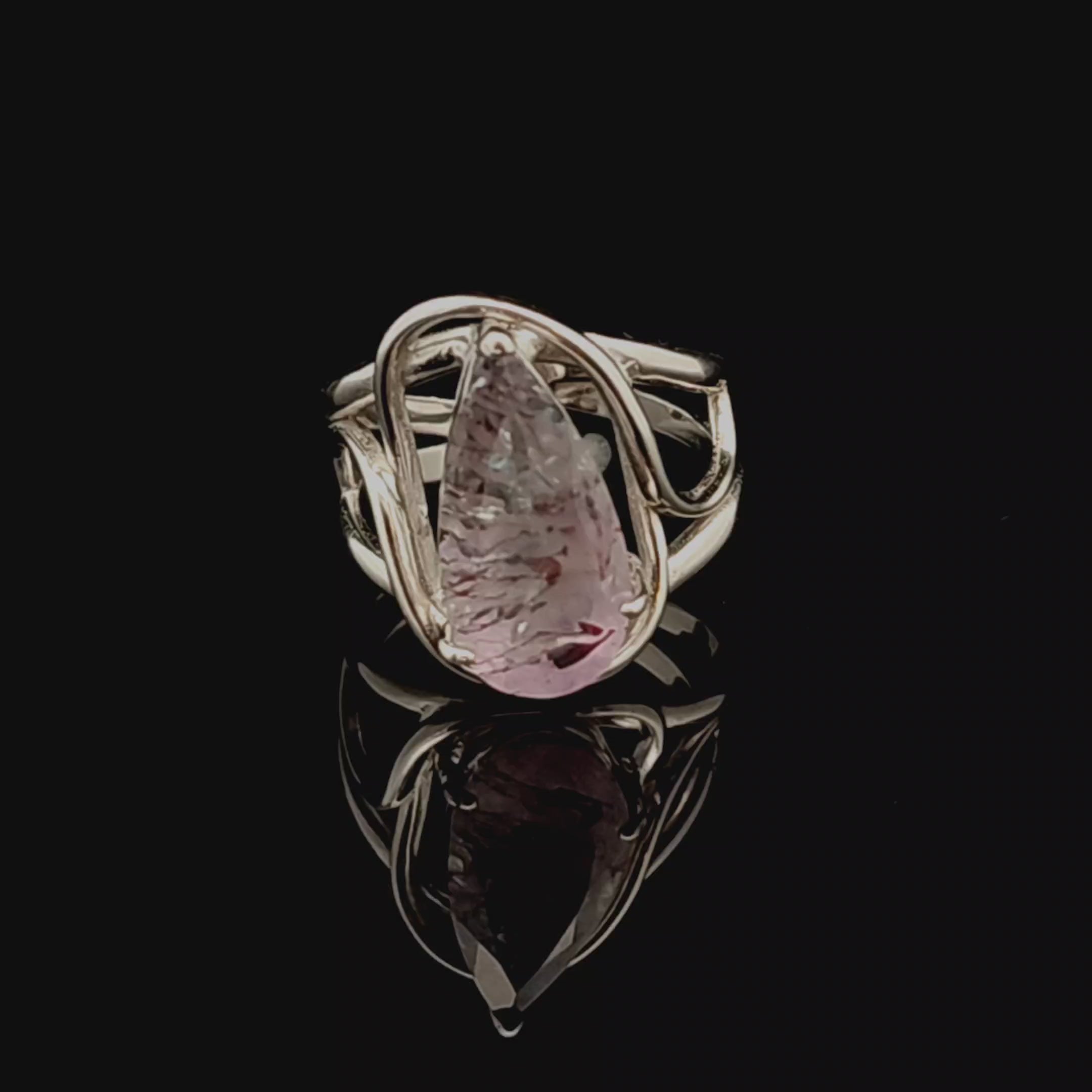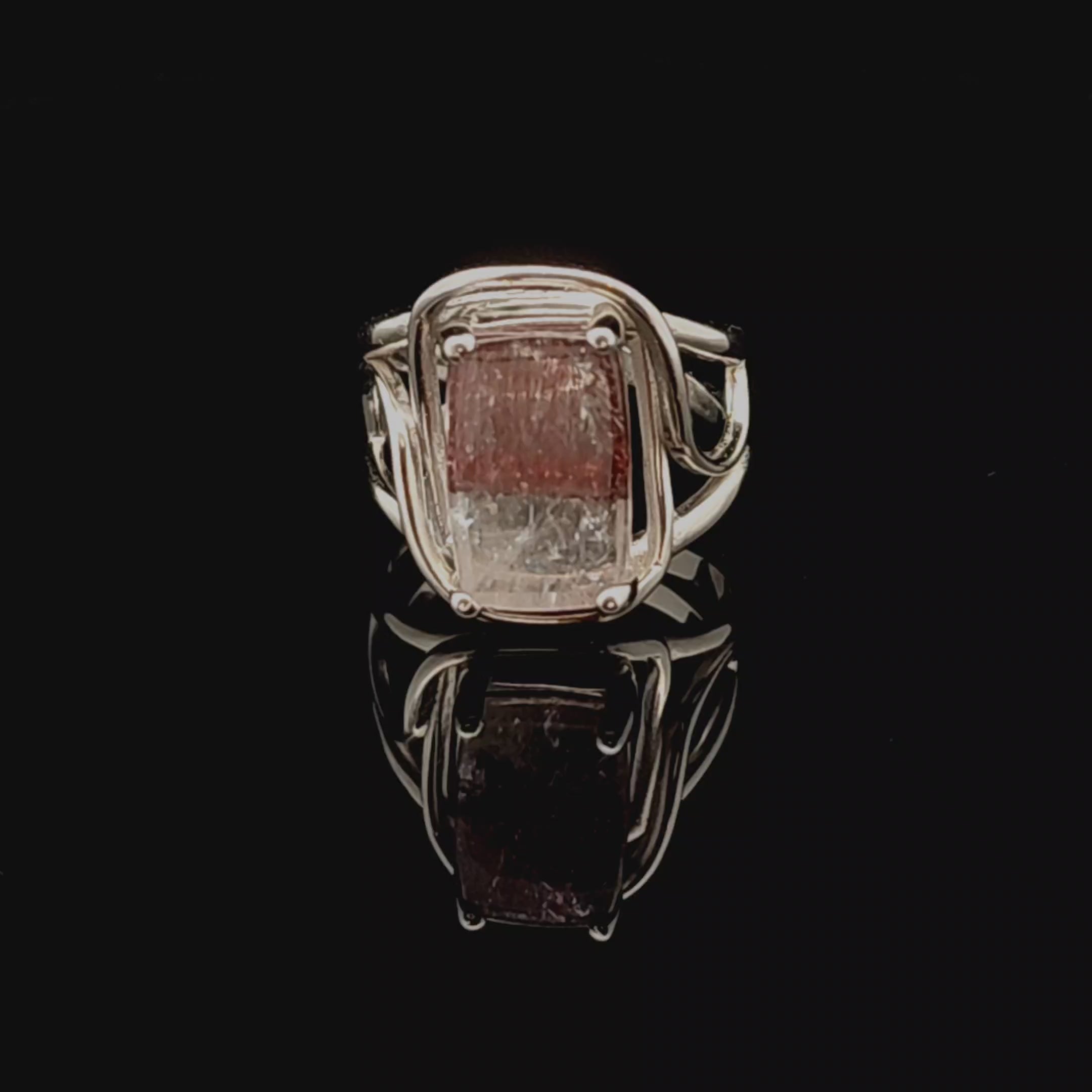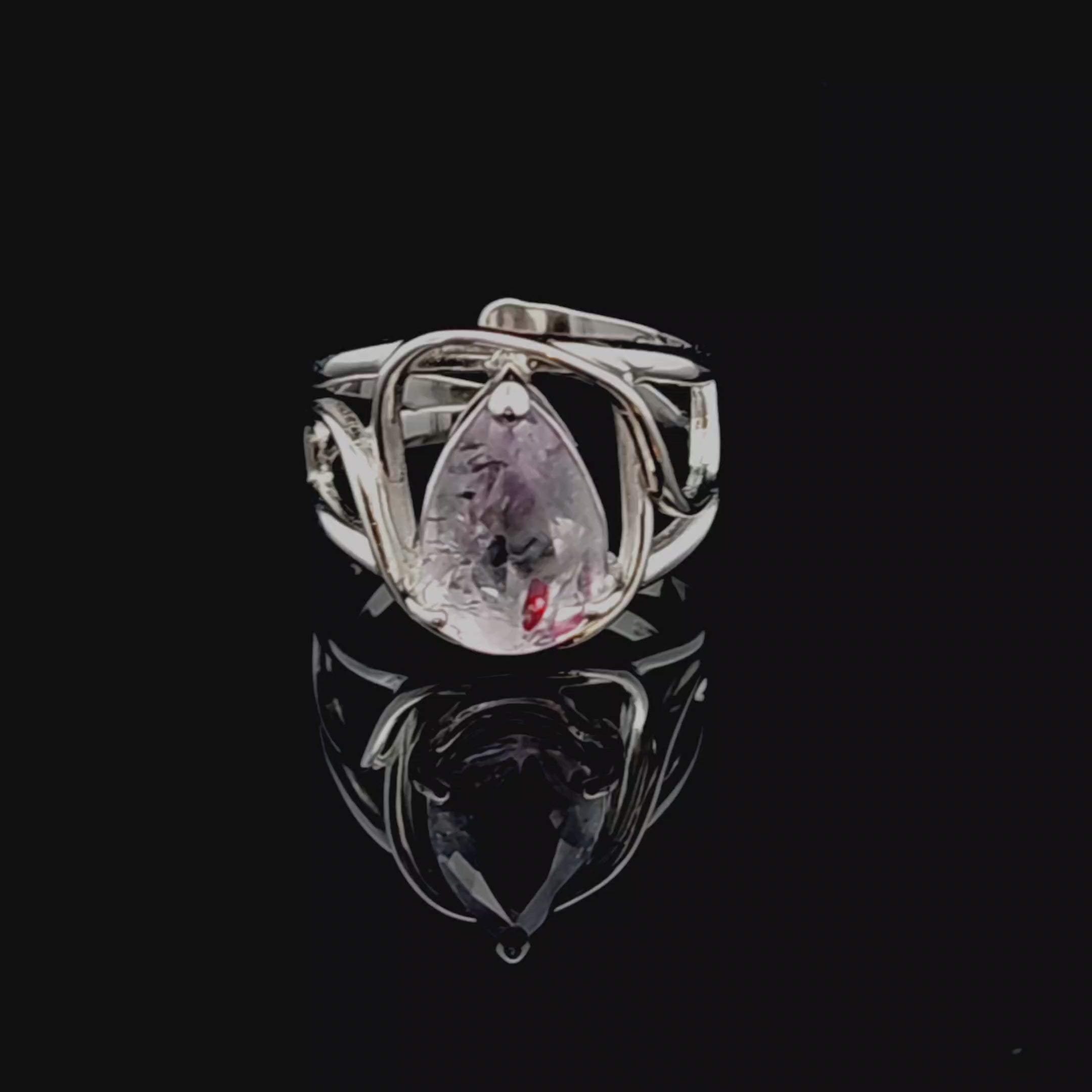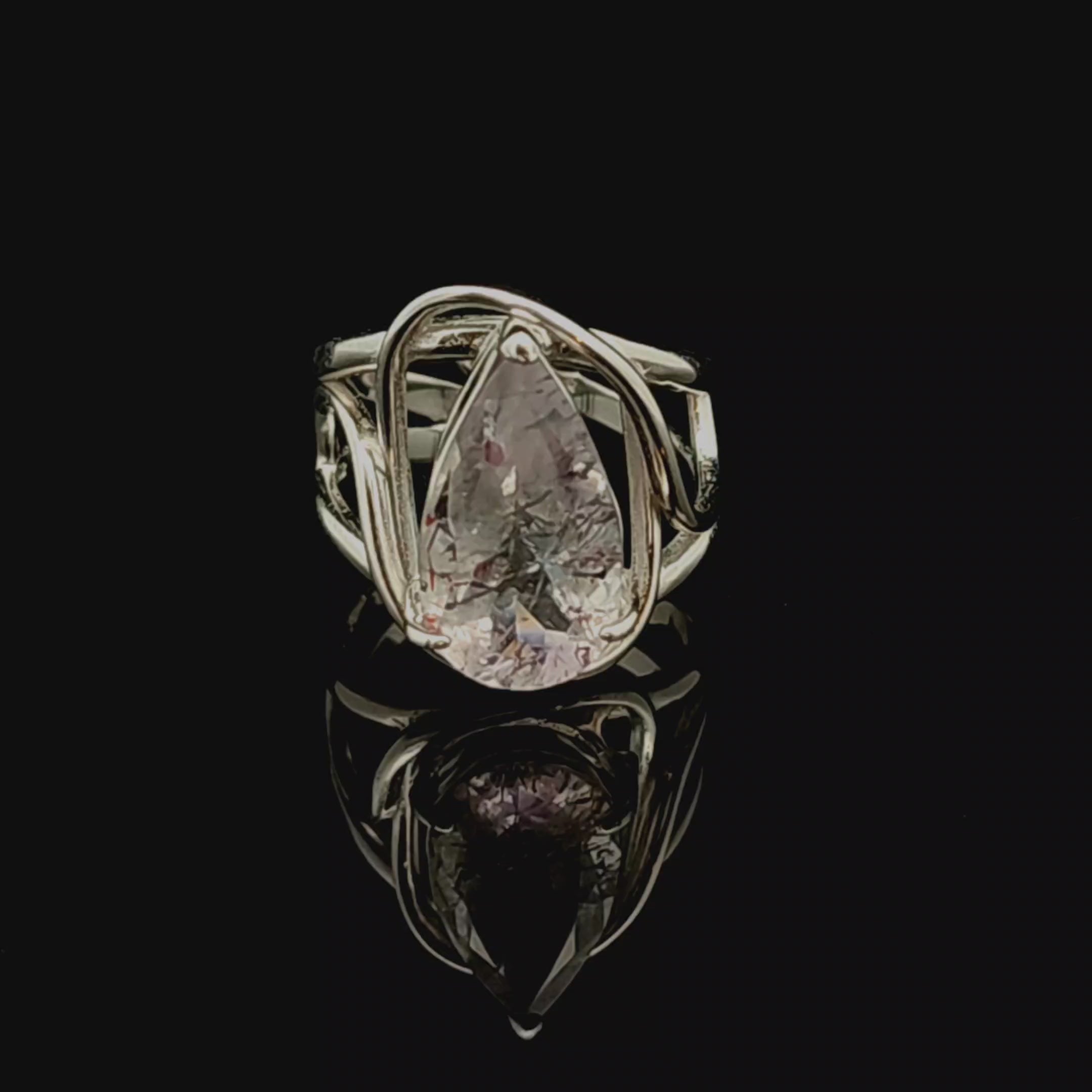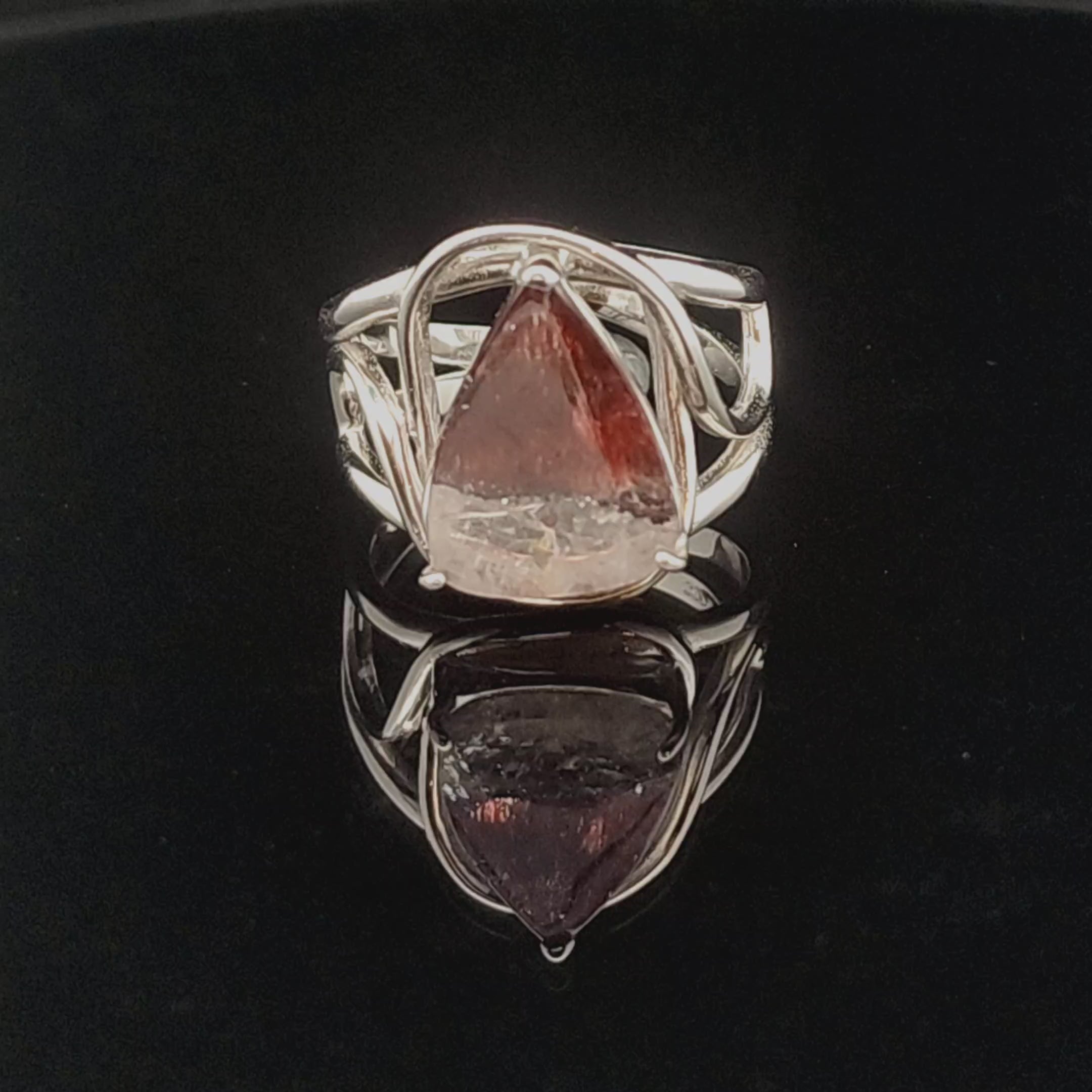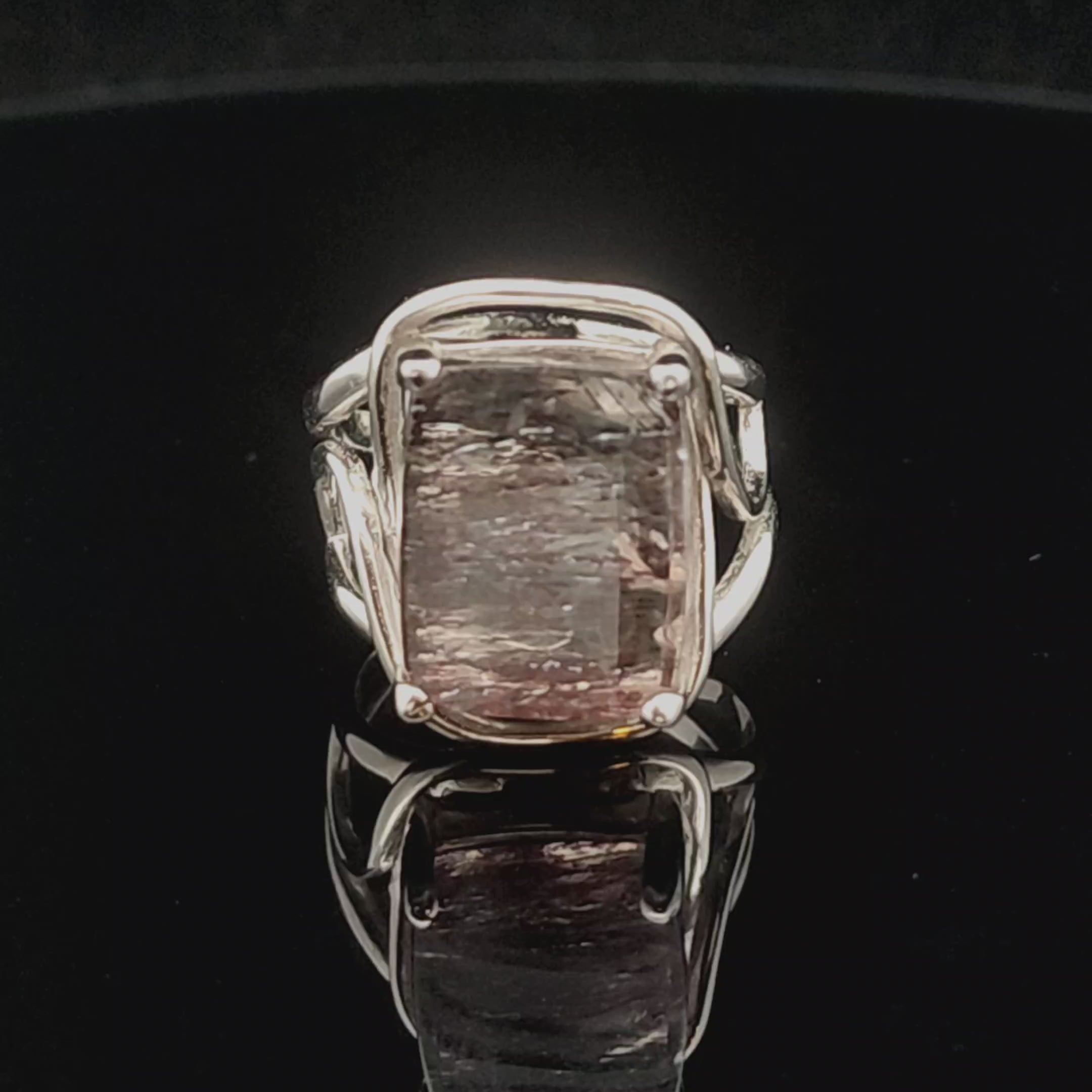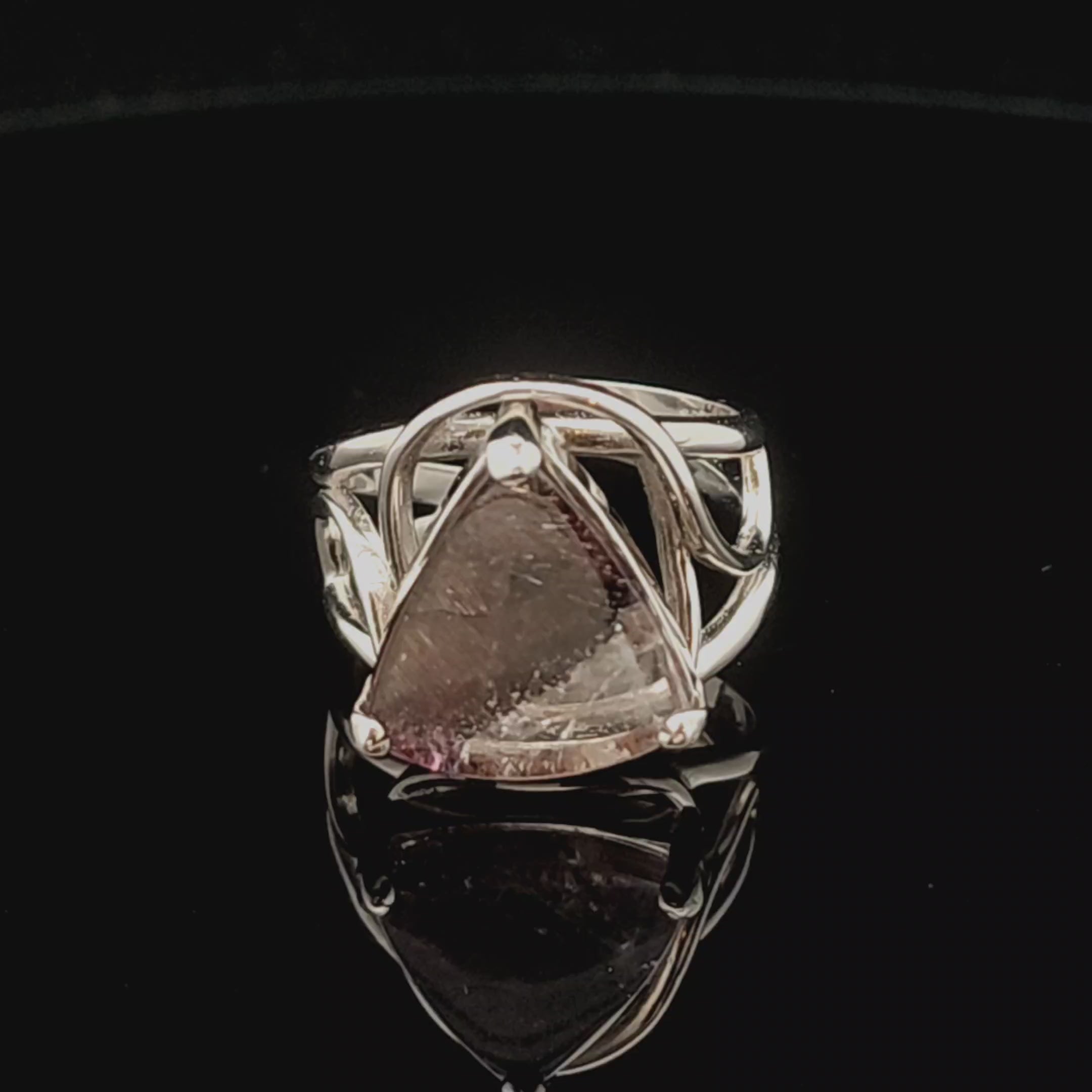
Goethite
Goethite is a hydrated iron oxide mineral, which means it’s primarily composed of iron combined with oxygen and water. It forms as a secondary mineral in the weathering of iron-rich deposits and often appears as a soft, brownish-yellow to reddish-brown mineral. Its chemical formula is typically written as FeO(OH), indicating its structure of iron oxide and hydroxide. Goethite is chemically similar to Limonite. Limonite is a general term for a mixture of fine-grained iron oxides, usually Goethite, Hematite, Lepidocrocite and other iron oxide minerals. Goethite is commonly associated with Lepidocrocite, Hematite, Pyrite, Siderite, Pyrolusite, Manganite, and many other iron or manganese-bearing minerals.
Goethite is found in a wide range of localities around the world, often as a common iron ore or as a secondary mineral in weathered iron deposits. Notable deposits of Goethite can be found in Brazil, Germany, the United States, Morocco and Australia. Goethite is named after the famous German writer, poet, and philosopher Johann Wolfgang von Goethe (1749-1832). Goethe had a deep interest in the natural world and made significant contributions to various fields of science, including optics and plant biology. The mineral was named in his honor by the German mineralogist Gottfried Wilhelm Lehmann in the late 18th century.
Goethite typically forms in oxidized environments, where iron-rich rocks are exposed to air and water over time. It’s often found in sedimentary deposits, where water percolates through iron-rich rock formations, causing the iron to oxidize and form a hydrated oxide. Goethite forms when primary iron minerals like Magnetite or Hematite undergo oxidation in the presence of moisture and air. Goethite can accumulate in bogs, wetlands, or lakes where iron-rich groundwater comes into contact with air, oxidizing the iron and precipitating as Goethite. Goethite can be found in soils, particularly in tropical and subtropical regions where high rainfall promotes the weathering of iron-bearing minerals. Goethite’s formation process is often slow, requiring significant time and specific environmental conditions. This slow process is one reason Goethite forms in a variety of complex textures, such as the botryoidal or stalactitic forms mentioned earlier.
Goethite has a long history of use, particularly as an iron ore. It has been mined and used for thousands of years as a source of iron, essential to the development of human civilization. Ancient cultures likely used Goethite as a source of iron for tools, weapons, and artwork, as iron was a crucial material in pre-industrial societies. In the Middle Ages, Goethite was used to produce pigments, particularly for the creation of earth-toned paints due to its rich brown hues. The pigment derived from Goethite is often referred to as brown ochre, and it has been used in art for centuries. In modern times, Goethite continues to be important as a secondary ore of iron, but it’s also valued by collectors.
Goethite is an enchanting stone of emotional healing, grounding and support. Its strong connection to the Earth element through your Root Chakra will bring immense emotional support during times of grief, heartbreak, loss, trauma and recovery. Goethite is one of the best stones for healing after the loss of a loved one. It helps you connect with the infinite healing energy of the Earth. Goethite is a great ally for empaths with its rejuvinating and protective energy.
Goethite transforms negative emotions and releasing old patterns that no longer serve us. Its grounding properties help to stabilize emotional distress, allowing for a more balanced and centered emotional state. Goethite stimulates your creative flow and helps you break through any blocks. Its energy supports vitality and well-being, promoting a sense of balance and harmony within the body.
